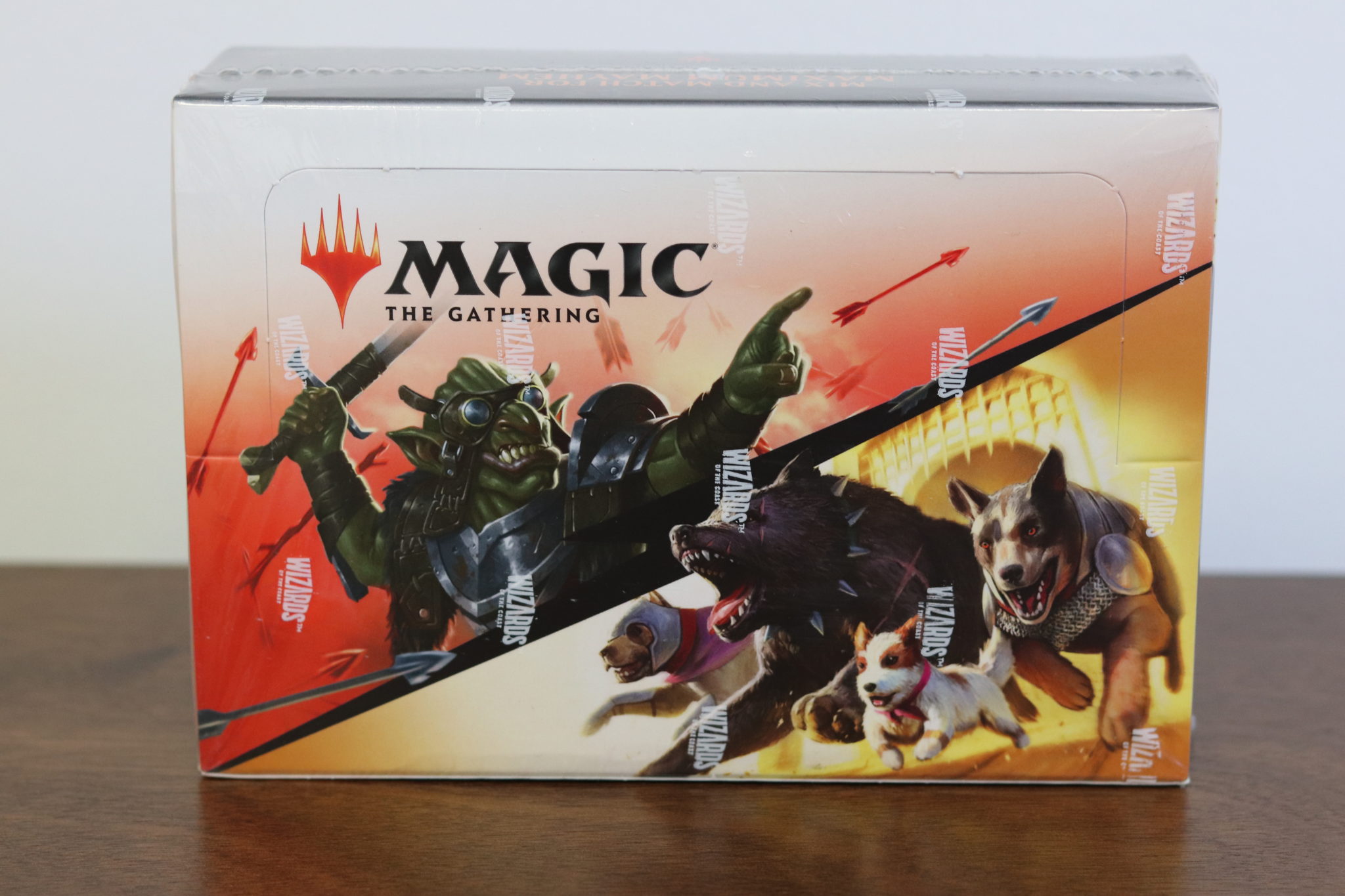The standard format uses only the most recently released Magic sets. This Constructed format uses a minimum 60 card deck, with a fifteen card sideboard.
Each player chooses a legendary creature to be the “commander”. From there, you must make a 99-card deck around that creature. The only duplicates you can have in your deck are basic lands.
The only legal cards in this format are from Core Set Eighth Edition and Mirrodin through today. Remember that decks require a minimum of 60 cards and that you may have a sideboard of up to fifteen cards.
In the constructed version of Two Headed Giant, only four copies of any non-basic land card are allowed to be shared between the two decks.
The Pauper format restricts players to only use cards with the common rarity.
This is a nonrotating format which features cards from Return to Ravnica and forward.
In this format, players open booster packs and take turns picking cards from boosters. They then use these cards to build 40-card decks.
When you play a Sealed Deck format, each player has the chance to open six booster packs and compete with a 40-card deck made exclusively with those cards Pre-Releases use this format.
